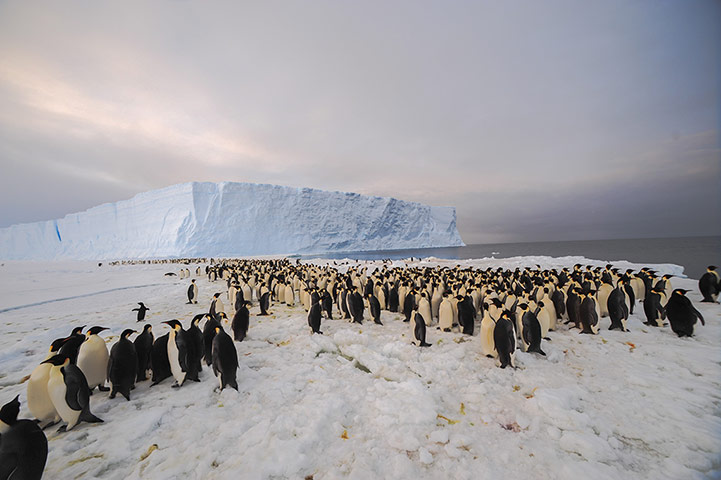TOP STORIES
Sea lion pup disease death worries ranger
There are fresh concerns about the fate of the critically-endangered New Zealand sea lion, with disease found to have struck down Dunedin's latest arrival.
The Department of Conservation has confirmed a two-week-old young female sea lion died from klebsiella, a disease that affects the heart and lungs.
Massey University was unable to determine what caused the pup, born to female sea lion Gem, to get sick.... However, the worry was increased by the fact that disease was something new in the Dunedin sea lion population.
New Zealand Sea Lion Trust scientist Shaun McConkey said young sea lions dying from disease was something new.
White-nose syndrome confirmed in bat at Onondaga Cave in Crawford County
Missouri State Parks has received confirmation that a bat found in the entrance of Onondaga Cave at Onondaga Cave State Park in Crawford County has tested positive with white-nose syndrome.... The U.S. Geological Survey's National Wildlife Health Center confirmed the bat had the disease described as a white fungus, or Geomyces destructans, which is typically found on the faces and wings of infected bats.
Why are Minn. moose dying? Answer sought in Voyageurs Park
... With 220,000 acres that largely contain lakes and remote, inaccessible wilderness, Voyageurs National Park is big country to cover. With that in mind, researchers have attached GPS collars to 16 moose in the park. The devices could help researchers determine why moose in northeastern Minnesota are dying.
As federal wildlife biologists are wrapping up the first phase of a moose study at Voyageurs National Park, the state Department of Natural Resources plans to collar and track 100 moose in the Arrowhead region to solve the mystery. It will be the largest moose study ever conducted in the state.
... Along with parasites, disease and changing habitat, many scientists agree climate change is a contributing factor. The state's average annual temperature is about two degrees warmer than it was in 1895. Scientists project it will warm another five to nine degrees by the end of the century.
OTHER WILDLIFE HEALTH RELATED NEWS
- Officials tracking distemper outbreak in raccoons [See Global Wildlife Disease News Map for cases in Oregon, USA - Map It
]
- Wind turbine threat to South African vultures
- Uganda: Why Are Hippos Dying of Anthrax? [Student research project]
- Anthrax fear grips tiger sanctuaries [India]
- Hedgehog population in dramatic decline [United Kingdom]
- Cats Kill Billions of Animals a Year [Discovery]
- Baby elephants and the effects of climate change
- Oil spills after two barges strike Mississippi River bridge[Vicksburg, Mississippi, USA]
- Killer disease wiping out our garden birds [Trichomonas][Dublin, Ireland - Map It
]
- Dead robins found in Northeast Portland in possible rash of binge drinking [Portland, Oregon, USA Map It
]
- Dolphin strandings a crucial resource for scientists
- Baby dolphin washes up near Weeks Bay [Mobile Bay, - Map It
]
- Dolphin That Died in Canal Was ‘Chronically Ill,’ Necropsy Shows [Brooklyn, New York, USA - Map It
]
- Bill Would Require Double-Fencing At Deer Farms [Iowa, USA]
- Deer wasting disease not found in Adams County management area [Pennsylvania, USA]
- Northern Wis. deer cleared of CWD [Wisconsin, USA]
It Ain't All Bad News


